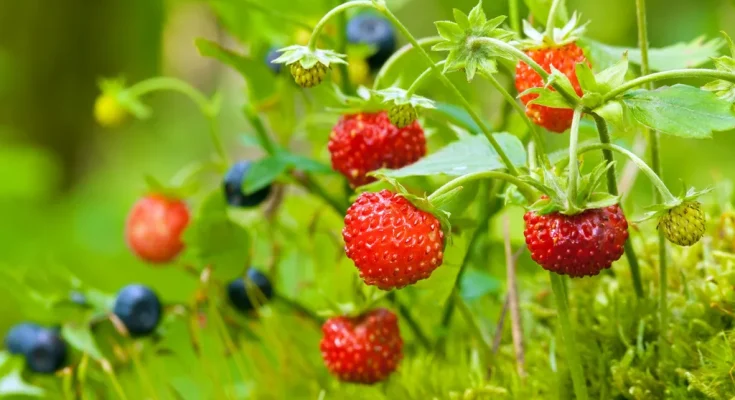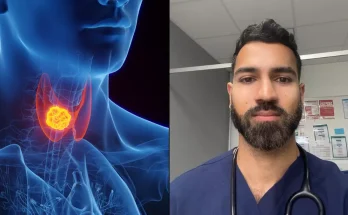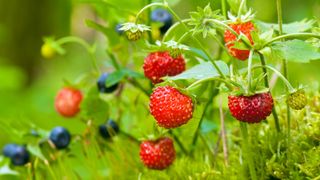
If you thought that strawberries were fruits covered in seeds, think again. (Image credit: Avalon_Studio via Getty Images)
Wild strawberries are deliciously sweet snacks, as long as you don’t mind their gritty little seeds. But why are these “seeds” on the outside, given that the seeds of many fruits — like apples, oranges, kiwis and mangos — are on the inside?
It’s actually a trick question, said Aaron Liston, professor and herbarium director in the Department of Botany and Plant Pathology at Oregon State University. That’s because what appear to be a strawberry’s “seeds” are actually its fruit, he said.
Those little yellow or brown ovals on the outside of strawberries are called achenes. And, just like most fruits, each achene has a seed inside it.
On average, medium-size strawberries have 200 achenes. “When you eat one strawberry, you’re getting hundreds of fruits, not just one,” Liston told Live Science.
So if achenes are the fruit, what is the rest of the strawberry? Turns out, a strawberry is even more confusing: It’s not actually a berry, and its fleshy mass is not a fruit but a swollen receptacle.
In a flower, the receptacle “basically holds all the parts together — it’s the base, or the floor,” Liston said. “What happens in a strawberry is that the receptacle becomes large and fleshy and delicious. The receptacle grows, whereas the fruits remain the same size. You can see the size of the fruit is almost unchanged from the green stage up until the ripe stage.”
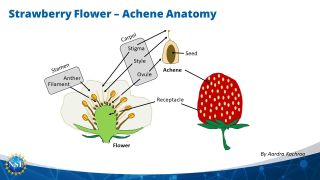
Usually, a plant’s genes cause the fruit to grow into sizable, sweet treats. But in the strawberry’s case, “the genes that would typically be expressed in the fruit are now expressed in the receptacle,” Liston said. In other words, the genes that make a fruit become fleshy and sugary shift from the fruit to the receptacle, which makes strawberries an attractive snack for animals including birds, reptiles like turtles and snakes and almost all mammals, he said.
Given that the purpose of a fruit is to spread the plant’s seeds, strawberries are extraordinarily successful. “I think they’ve found a very good evolutionary trick and it’s worked,” Liston said. “You can find wild strawberries all over the globe now.”
Part of the reason for the fruit’s success is its structure. “Usually, these achenes, they’re not attached very strongly to whatever is holding them, and that promotes dispersal,” Aardra Kachroo, program director in the Directorate for Biological Sciences at the U.S. National Science Foundation, told Live Science.
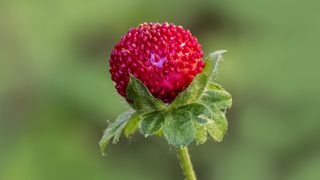
Few fruits have evolved like the strawberry (genus Fragaria), but a distant relative, known as the mock strawberry (Duchesnea indica) looks just like it. The two shared a common ancestor about 20 million years ago, so it’s likely that they independently evolved to look the same through convergent evolution, Liston said. However, the mock strawberry is not as sweet. “It tastes like Styrofoam,” he added.
Meanwhile, strawberries don’t rely on just their seeds to grow new plants. If conditions are poor and a strawberry plant can’t spread its seeds, it can propagate a runner, or a horizontal stem that branches out to start a new plant.
